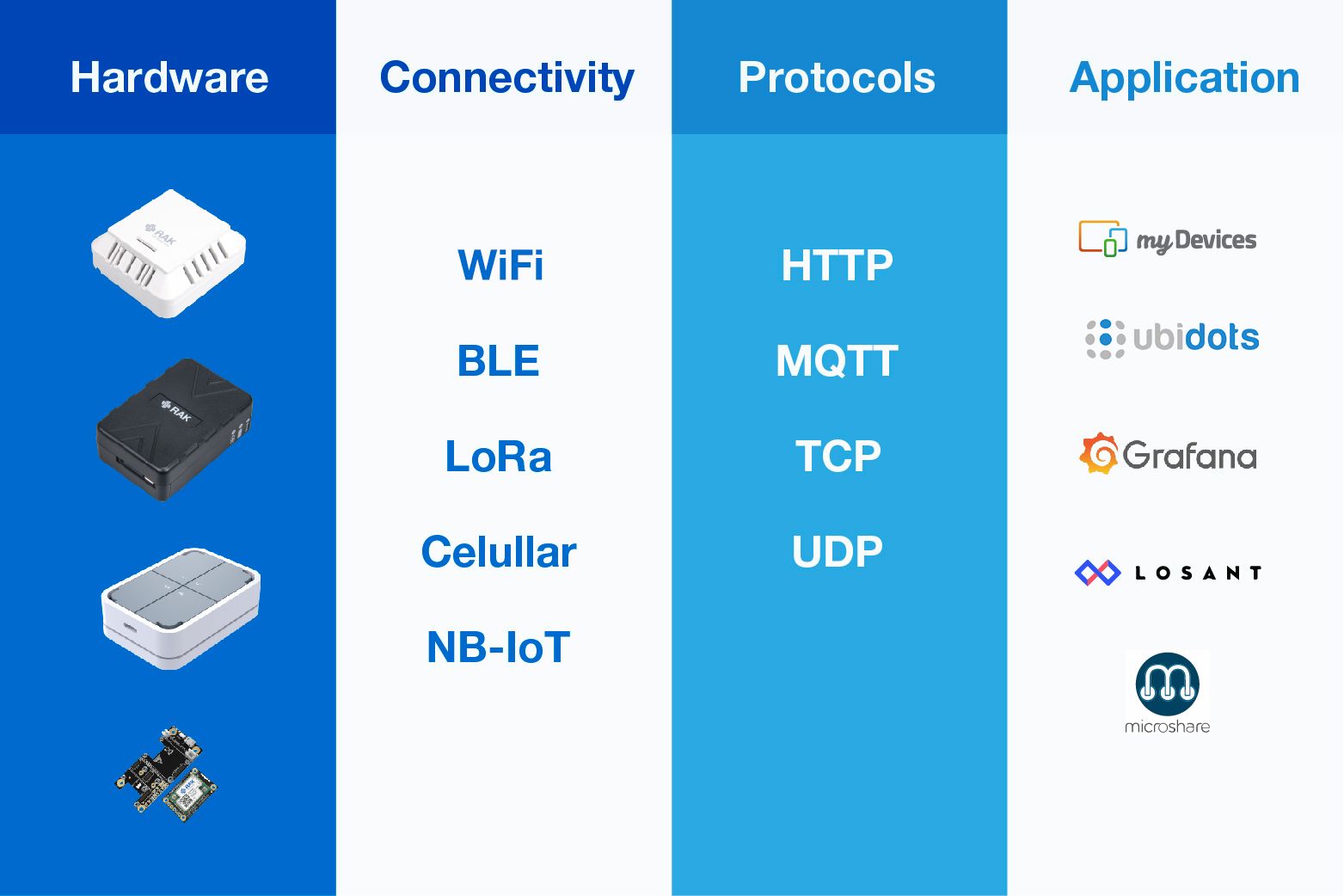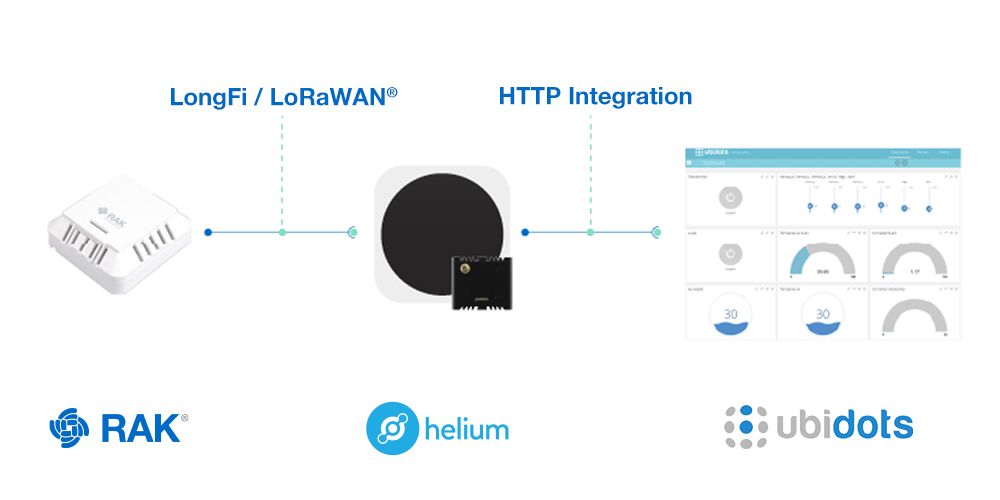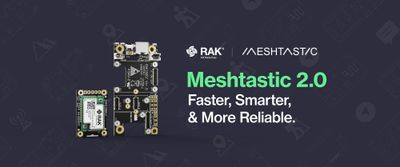How IoT Entrepreneurs Use Existing Tools to Build Smart-Technology Empires
Smart technology and IoT innovation are everywhere. From the way we grow our food to how we entertain ourselves, IoT entrepreneurs are continuously developing new technologies to advance our everyday lives. Consumers are awed by the technological advances IoT developments have brought us since the turn of the century.
However, IoT entrepreneurs and innovators are consistently looking toward the future. They constantly seek better technology, faster advancements, and potential opportunities to automate everyday tasks that can enhance process efficiencies, and reduce operational costs. Fortunately, the current technology landscape is ripe with opportunities for IoT entrepreneurs to make their dreams come to life and start connecting things.
Developing IoT products is not an easy endeavor. However, nowadays there are plenty of tools readily available on the market at both the hardware and software levels that significantly enhance the chances of successfully venturing into IoT applications. Not only do they enhance your chances, but they do it in a simple, reliable, and scalable way.
When starting an IoT business, entrepreneurs are faced with many questions including:
- How do I get started?
- How can I provide a solution to the problem?
- What is the most appropriate tool available for my hardware solution?
- What is the most appropriate connectivity for my solution?
- Should I use an IoT platform, or should I create my own?
Let's go a bit deeper into the creation of Internet of Things (IoT) solutions in a cost-efficient, and fully scalable way.
Solve a Problem
Whether you are in the tech space or not, entrepreneurs find their business opportunities by solving a problem. After all, the purpose of a business is to solve a problem, and most of the time, that problem is something that entrepreneurs face.
For example, BeMotorized CTO & Founder Andres Vallejo was aiming to reduce the carbon footprint of buildings, and at the same time, provide a better environment for the occupants. To achieve this, he developed an IoT platform to automate the shade of commercial buildings using RAKwireless products.
Problems like the one solved by Andres Vallejo can be found in almost every industry, such as manufacturing/industrial, transport/mobility, energy, retail, healthcare, agriculture, and many more. According to a recently released study by IoT Analytics, industry-leading IoT developments are currently revolutionizing the industrial sector by providing manufacturing companies with new methods of reducing operational downtime and reducing operational costs. These goals are achieved by implementing technological IoT solutions to monitor and precisely control their processes.
The moment you have identified the problem you are aiming to solve, as well as the industry and the value your product can provide within that industry, you are ready to move on to the next step.
Gauge the Market for Your Problem
It is most beneficial for entrepreneurs to develop an IoT solution that fixes their problems. However, if an individual is thinking about commercializing their answer, they must not be the only person with that problem.
So, the question is, does the problem have enough of a market to warrant a solution? After all, developing IoT solutions are not easy or cheap, and are usually time-consuming, even with the right tools.
Fortunately, there are plenty of IoT tools already in place. In addition, you can utilize online forums, and your experience to gauge the solution’s marketability.
Now, in order to start with the development of an IoT solution, you must select the necessary technology for the different layers: 1) Hardware, 2) Connectivity, 3) Protocols, 4) Applications.

As seen on the image above, you can rely on the great variety of ready-to-use nodes for the hardware layer, such as RAKwireless’ WisNode Sense Home for environmental monitoring applications, WisNode Track D, and WisNode Track Lite for tracking applications, and WisNode Button for control applications. In case you are looking to develop a 100% customized product both in operation and design, you can use the RAK WisBlock.
Depending on the requirements of the solution being developed, the most appropriate connectivity and protocol must be selected. This will depend entirely on the frequency you need to monitor the data and the coverage available in the area where the solution will be deployed, as well as the lifetime of the device. In case you intend to work with LoRa®/LoRaWAN®, there are Network Servers such as Helium, The Things Network, or ChirpStack.
For the application layer, there are many options available on the market. To select an IoT platform that fits your solution's needs, you must have a clear organizational structure of how to manage the devices and how to visualize and analyze the data. Also, if you want to handle alarms, customize the application with your company's brand, among other options. There is also the possibility of creating your own IoT platform. However, if you are going to develop a proof of concept (PoC) to validate an idea, the most ideal first step is to use existing tools since developing your own system from scratch takes more time and money investment.
Once you have selected all that is needed for the different layers of development, it is time to move to the PoC development. For example, this guide shows how to integrate a WisNode Sense Home to Ubidots through LoRaWAN using Helium for an end IoT solution.

Create a Solution
IoT entrepreneurs have already proven that there are few real impossibilities. In the last ten years, IoT capabilities have advanced so much that they make what used to be considered sci-fi household capabilities. Smart technology has completely redesigned the way we live, work, and problem solve.
Therefore, once you figure out the problem that needs solving, it is up to IoT entrepreneurs to devise a solution to that problem. Using currently available tools, such as the RAK WisBlock Series, entrepreneurs can test theories and develop scalable prototypes to solve their issues.
The WisBlock Development Platform can help you customize your current IoT solutions to work most efficiently toward your everyday needs. The open-source platform of RAK’s newest IoT node allows entrepreneurs to build smart-technology by setting WisBlock their way for fast and simple development. Through the inherent supply of removable sensors and IO modules, the nodes developed through the WisBlock get primed for customization at conception. This expanse of options equate to the limitless possibilities for creating perfect IoT solutions.
Now, all that entrepreneurs need to do is implement their experience and ideas into a revolutionary addition to IoT.
Test the Solution
After completing the prototype and releasing your minimum viable product, you need to make continuous improvements in order to create a fully-featured solution. Once you release your minimum viable product, you can begin utilizing consumer feedback based on real-world use cases to turn your proof of concept into a needed solution to an industry problem.
When using WisBlock, you can quickly improve your minimum viable product because it helps you make changes to the hardware system easily regardless of your development stage. This easy access to changing your hardware system at any time is made possible by a modular system in processing, connectivity, sensing, and external peripherals. You can change any piece of your solution, add new features, and fix potential issues easily as you receive real-world feedback from your customers.
Commercialize
After completing the prototype, entrepreneurs would need a way to commercialize their product. To do that, heavier equipment meant for commercialization is required, and in most instances, entrepreneurs don't have the capacity to develop hundreds of units to commercialize them quickly.
Fortunately, RAKwireless brings a wide variety of cost-efficient IoT products closer to entrepreneurs helping them to connect things to the internet and operate at their full potential. With RAKwireless, entrepreneurs can focus on how to solve the problem from a software perspective and leave the hardware development to the experts.
However, commercializing a product is not just developing it, it is also about getting an economical profit from it. Growing entrepreneurs in the IoT industry need a simple, secure, and scalable profit method. A product’s price point must afford them a way to continue receiving income while the entrepreneur improves or continues to invent new technologies.
One of the easiest ways to achieve such a profit method is to implement a recurring value offer. Fortunately, this is usually a simple payment method to implement within the IoT sphere and often makes a lot of sense for the product
Recurring Value Offer
A recurring value offer is a subscription-based offer. Instead of being paid once for licensing and hardware, customers pay every month. This payment affords them access to the solution but helps the entrepreneur maintain ultimate control over it. As they innovate to offer more solutions, the value of their monthly packages increases, earning a passive income while entrepreneurs continue to create.
With this subscription-based payment method, entrepreneurs can stay cash flow positive early into their careers, which allows them to have freed funds for when investment opportunities arise. It is up to entrepreneurs what they would like to do with their cash flow, but chances are, they will use some of it to reinvest in the IoT development that made them successful.
Summary
We do not have to reinvent the wheel when others have already invented it for us. RAKwireless and other IoT entrepreneurs have already laid the groundwork for new entrepreneurs and their predecessors. No one person or company will uncover all the secrets of IoT or tech, in general, has to offer. The only thing any of us can do is use the knowledge and tools discovered previously to build onto the world of technology, placing our digital bricks carefully along the bridge between what is possible and what will be possible.








